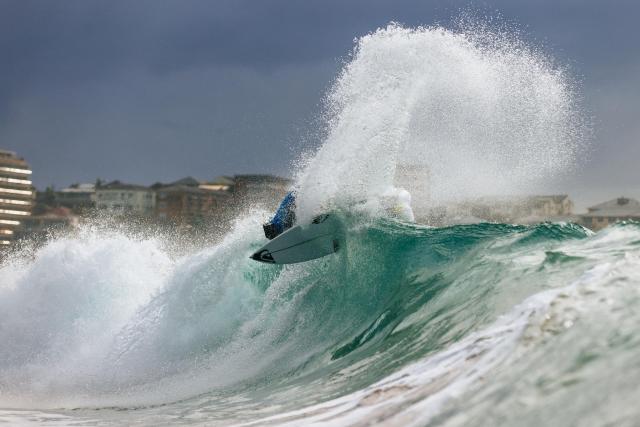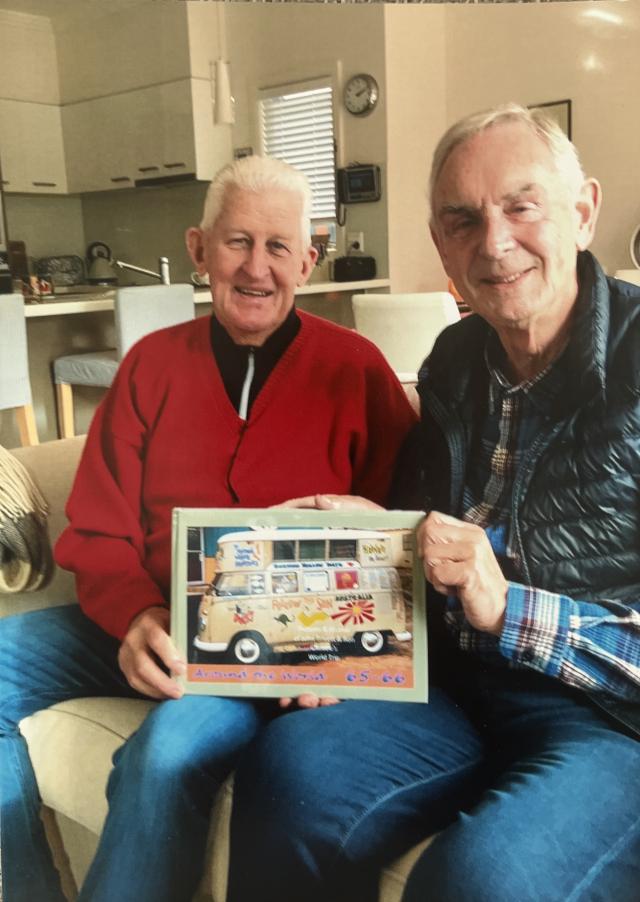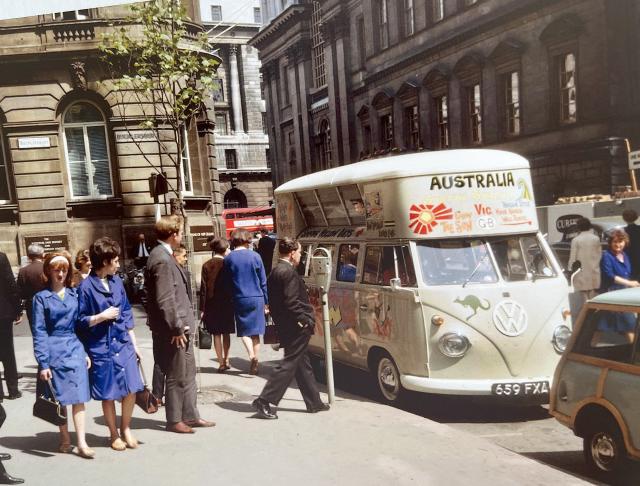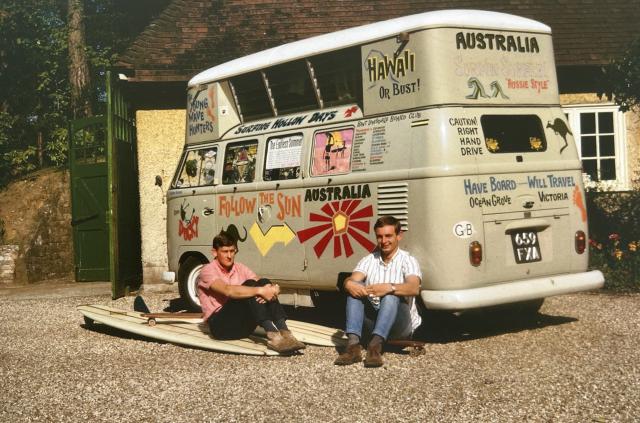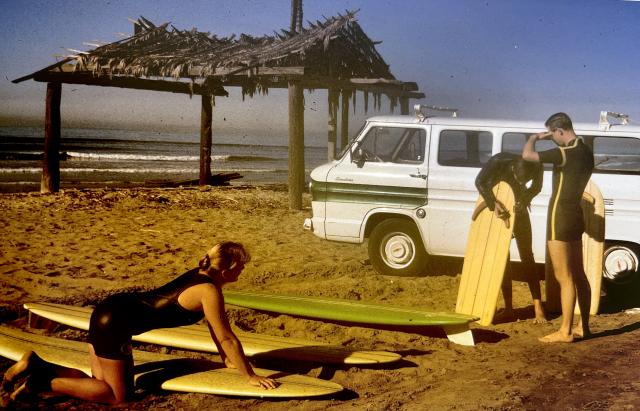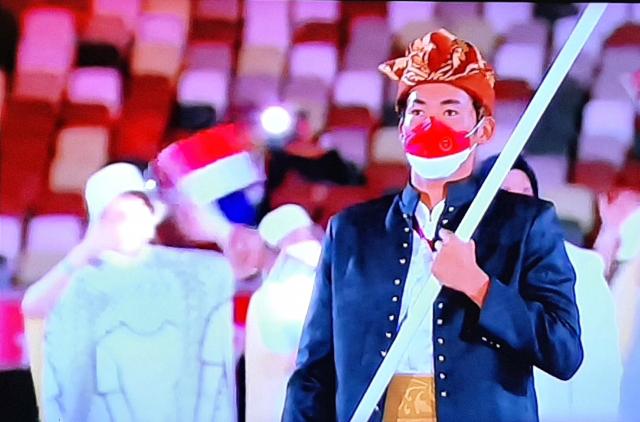I first encountered Rio Waida, potentially the biggest thing ever in Indonesian surfing, about seven or eight years ago when I dropped in on him at the Pererenan River Mouth in Canggu, Bali.
I know that sounds bad but I thought he was going right while I took the softer, more forgiving left, which has been my go-to wave at the end of my street for many years now.
I didn’t know his name but I knew he was one of the hottest groms out there and that he liked to paddle deep for the rights, but this time he went left and caught up with the old bloke on the longboard, giving him a verbal spray as he changed his line and whipped underneath me.
But he caught up as we paddled back out, gave me a shaka and a big smile, and we both laughed about it.
I thought, this kid’s got talent and spirit. I’d better keep out of his way.
In my 48 years of travelling to Bali I’ve been blessed to see the development of three generations now of increasingly talented surfers, starting with the likes of Wayan Suwenda, Big Froggy and Little Froggy and Bobby Radiasa, who all literally learned to surf on our broken boards.
Down the track there were other standouts, most notably Rizal Tandjung in the late ‘90s and early 2000s and Oney Anwar in the 2010s. But I don’t think I’ve ever seen anything quite like Rio Waida.
Born in Japan in 2000 to a Japanese mother and a Javanese father, Rio and his family relocated to Bali in 2005 and by 2010 he was attracting attention as a surfer of the future.
That future has now arrived.
After progressing through the junior ranks with great support from the Legian Boardriders Club at Padma Beach, and securing a sponsorship with Quiksilver, Rio took a silver medal at the South East Asian Games in 2019, behind gold medalist Oney Anwar, and won selection for the 2020 Olympics in Tokyo, where he was the Indonesian flagbearer.
Although he failed to qualify for the WSL world tour last year, Rio came out blazing on the Australian leg of the Challenger Series, dominating the Manly event through every round and taking the win.
This week he’s the sponsor wildcard on home turf at the Quiksilver Pro G-Land, and as I write, he’s well positioned for a podium finish. According to super coach Ross Williams, Rio is the most talented surfer not on the championship tour.
He might be about to change all of that, and I hope he does.
The fun of a travel journal
There’s something compelling about a surfer’s diary, particularly one that dates back to those magical times when travelling with a surfboard guaranteed an adventure at every turn.
My late and great friend Rennie Ellis pioneered the genre back in 1966 when Surfing World magazine published his Odyssey of a Surfer over several issues, detailing his travels between 1963 and 1965. When every issue hit the stands I would devour Rennie’s tales of derring-do, illustrated by the streetwise photography that would make him one of the biggest names in photojournalism.
I wanted to be like him, as soon as I grew up.
Part of Rennie’s grand adventure was sailing a small yacht across the Atlantic with his friend Peter Troy, the world’s most travelled surfer.
After Peter’s death in 2008, his long-lost travel diaries were published as a book called To The Four Corners Of The World, which has become the gold standard of the genre.
While the travel journal I have before me now isn’t quite Troy, I’m indebted to Noosa’s Trina Stanway who has loaned me the work of her brother-in-law, John Trivett, who passed away in 2020, simply called Around The World 65-66.
Although I didn’t know John personally, his face is familiar from his many visits to Noosa for the surf festival, and we had many mutual friends through his decades managing his Melbourne Embroidery firm, which contracted to all the major surf brands.
But in 1965 he was just a young gremmie with a passion to see the world and surf the parts of it you could. Armed with a year’s leave pass from dad at the embroidery firm, he and mate Ron Christie boarded the Oronsay, their surfboards in crates in the cargo hold, and sailed to England, where they bought a fully-fitted, secondhand VW Kombi camper, which John, a talented artist, began to decorate with images ripped off from just about every surf movie poster produced to that time.
It was an attention grabber wherever they went, and they went everywhere, shipping the Kombi to Canada once they’d done Europe, and repeating the process across the States.
We don’t see much of the lads actually surfing, but they certainly hang out with some of the high rollers of the era. In Cornwall it’s lifeguard and pioneer surfer Bob Head, in France it’s the Lartigau brothers and Joel de Rosnay in Biarritz, and Joel’s brother Arnaud in Paris, where they wake-surf the Seine and skateboard the apron of the Eiffel Tower together. In California, film-maker Bruce Brown is intrigued by the art from his films that adorns the van, and when they finally sell it before flying to Hawaii, the buyer is women’s surf legend Marge Calhoun.
The book was published privately and is not commercially available, so enjoy this glimpse into a different time.


